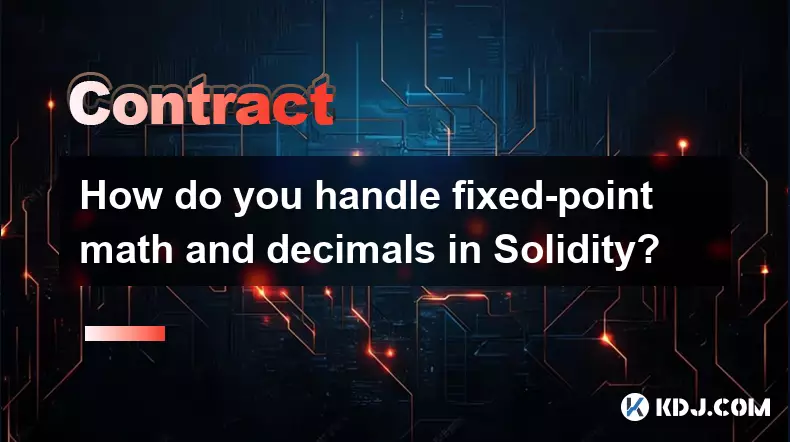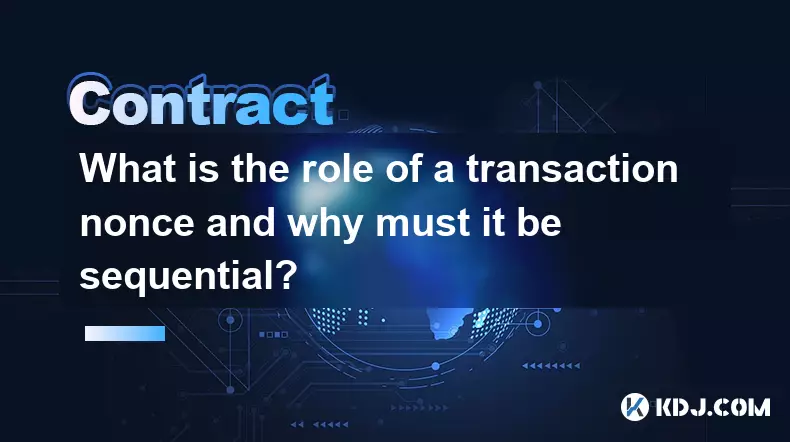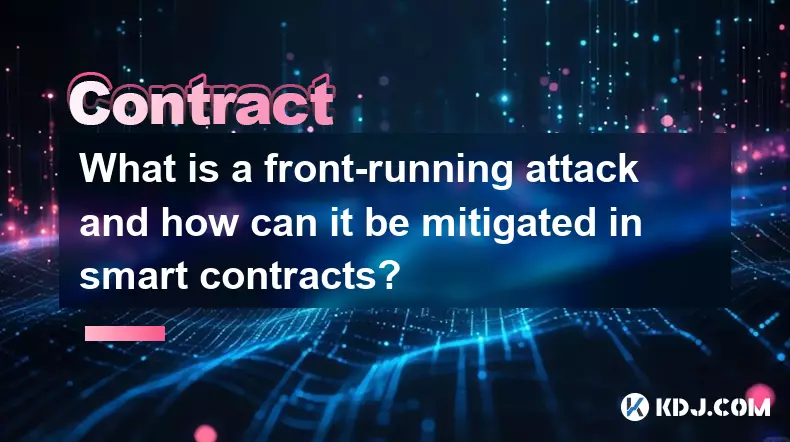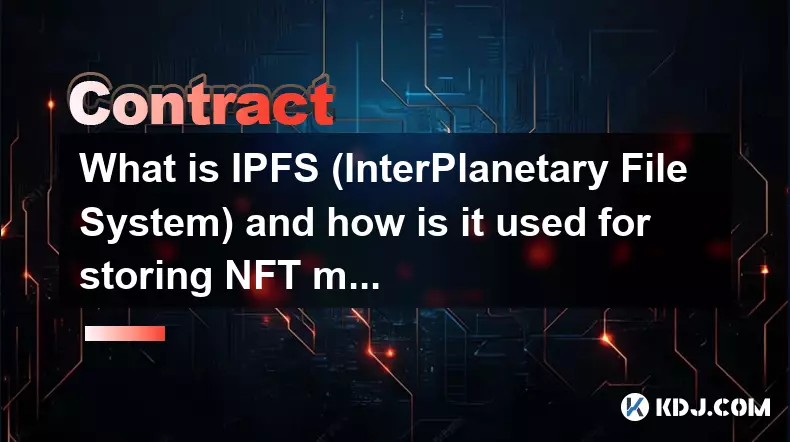-
 bitcoin
bitcoin $102877.190955 USD
1.88% -
 ethereum
ethereum $3430.435064 USD
4.52% -
 tether
tether $0.999264 USD
-0.05% -
 xrp
xrp $2.307310 USD
4.49% -
 bnb
bnb $987.740692 USD
3.82% -
 solana
solana $161.947760 USD
3.97% -
 usd-coin
usd-coin $0.999712 USD
-0.05% -
 tron
tron $0.292810 USD
2.93% -
 dogecoin
dogecoin $0.179738 USD
10.70% -
 cardano
cardano $0.580716 USD
8.75% -
 hyperliquid
hyperliquid $42.463448 USD
8.40% -
 chainlink
chainlink $15.763437 USD
7.05% -
 zcash
zcash $649.595636 USD
17.21% -
 bitcoin-cash
bitcoin-cash $511.610261 USD
7.19% -
 stellar
stellar $0.292537 USD
7.91%
How to Avoid Liquidation: A Complete Risk Management Guide for Crypto Traders.
Proper position sizing, stop-loss orders, and leverage management are essential to avoid liquidation in crypto trading.
Nov 01, 2025 at 08:18 am

Risk Management Fundamentals in Crypto Trading
1. Position sizing plays a crucial role in avoiding liquidation. Traders should never allocate more than a fixed percentage of their portfolio to a single trade, typically between 1% and 5%, depending on risk tolerance. This ensures that even if the market moves sharply against them, the loss remains manageable.
2. Setting stop-loss orders is a non-negotiable practice for leveraged positions. These orders automatically close a position when it reaches a predetermined price level, preventing further losses. For example, placing a stop-loss at 10% below entry can protect capital during sudden market downturns.
3. Understanding leverage ratios is essential. While exchanges offer up to 100x leverage, using such high multipliers increases the likelihood of liquidation. A position with 10x leverage requires only a 10% adverse move to be wiped out, whereas 5x leverage allows for more breathing room.
4. Monitoring funding rates in perpetual contracts helps traders avoid unexpected costs. High positive funding rates indicate long dominance, which may lead to sharp corrections. Adjusting exposure during such periods reduces vulnerability.
5. Diversifying across different assets and strategies spreads risk. Instead of concentrating on one volatile altcoin, traders can balance their portfolios with stablecoins or less volatile blue-chip cryptos like Bitcoin and Ethereum.
Real-Time Monitoring and Alerts
1. Utilizing exchange-provided margin monitoring tools allows traders to track their health ratio continuously. Most platforms display a liquidation price alongside open positions—this figure should be watched closely, especially during high volatility.
2. Setting custom price alerts via trading bots or mobile apps ensures immediate notification when key thresholds are approached. For instance, an alert triggered when the price nears the stop-loss zone enables manual intervention before automatic liquidation occurs.
3. Integrating third-party dashboards like DexScreener or CoinGecko Watchlist helps consolidate multiple positions across exchanges. Real-time data feeds provide clarity on portfolio performance without switching between platforms.
4. Watching order book depth reveals potential slippage risks. Thin order books increase the chance of being liquidated at worse prices during fast-moving markets. Avoiding trades during low-liquidity periods mitigates this issue.
Maintaining awareness of your position’s proximity to liquidation price at all times significantly reduces the risk of total loss.Leveraging Hedging Strategies
1. Opening offsetting positions in inverse futures can hedge directional exposure. For example, holding a long on BTC/USDT while shorting BTC/USD (inverse) on another exchange balances risk during uncertain macro conditions.
2. Using options as insurance protects against extreme downside. Buying put options on Bitcoin gives the right to sell at a set price, acting as a safety net if the market crashes unexpectedly.
3. Pair trading within correlated assets minimizes systemic risk. If ETH is expected to outperform BNB, going long ETH and short BNB captures relative gains without relying solely on market direction.
4. Allocating part of the portfolio to stablecoin-denominated yield farms provides passive income that can offset potential losses in leveraged trades. Yield from protocols like Curve or Aave adds a buffer over time.
Hedging does not eliminate risk but transforms it into a controlled variable, giving traders more control during turbulent conditions.Frequently Asked Questions
What is the liquidation price in crypto futures?It is the price at which a leveraged position gets automatically closed due to insufficient margin. Each exchange calculates it based on leverage, entry price, and fees.
Can I recover funds after liquidation?No, once a position is liquidated, the collateral is partially or fully taken by the exchange. Some platforms return a small portion if there's surplus, but most of the margin is lost.
How do isolated vs cross margin affect liquidation risk?Isolated margin limits risk to a predefined amount, protecting the rest of the account. Cross margin uses the entire balance as collateral, increasing exposure but offering more flexibility in volatile swings.
Does higher leverage always lead to faster liquidation?Yes, higher leverage reduces the price movement needed to trigger liquidation. A 50x leveraged position can be liquidated with a 2% adverse move, making it extremely sensitive to volatility.
Disclaimer:info@kdj.com
The information provided is not trading advice. kdj.com does not assume any responsibility for any investments made based on the information provided in this article. Cryptocurrencies are highly volatile and it is highly recommended that you invest with caution after thorough research!
If you believe that the content used on this website infringes your copyright, please contact us immediately (info@kdj.com) and we will delete it promptly.
- Ripple (XRP) in 2026: Hold or Fold? A Look at XRP's Future and Emerging DeFi Alternatives
- 2025-11-08 18:35:01
- Zcash ZEC Coin Price Explosion: From Privacy Niche to Center Stage
- 2025-11-08 18:55:01
- Berachain Price Prediction: Navigating the Honeycomb Hype in Crypto
- 2025-11-08 18:55:01
- Arthur Hayes, Gold, and Bitcoin: A Modern Monetary Trinity?
- 2025-11-08 19:15:01
- Shiba Inu's Next Move: Navigating a Shifting Market
- 2025-11-08 19:20:01
- Pakistan's Crypto Crossroads: Balancing Opportunity with Asset-Backed Realities
- 2025-11-08 19:20:01
Related knowledge

What is a state machine and how can a contract be designed as one?
Nov 08,2025 at 02:19pm
Understanding State Machines in Blockchain Context1. A state machine is a computational model used to design systems that transition between defined s...

How do you upgrade a smart contract using the UUPS proxy pattern?
Nov 09,2025 at 01:19am
Understanding the UUPS Proxy Pattern in Smart Contract DevelopmentThe UUPS (Universal Upgradeable Proxy Standard) pattern has become a cornerstone in ...

How do you handle fixed-point math and decimals in Solidity?
Nov 08,2025 at 11:40pm
Understanding Fixed-Point Arithmetic in Solidity1. Solidity does not natively support floating-point numbers, which means developers must rely on fixe...

What is the role of a transaction nonce and why must it be sequential?
Nov 09,2025 at 01:00am
Understanding the Transaction Nonce in Blockchain Systems1. A transaction nonce is a number used once, associated with a user's account in blockchain ...

What is a front-running attack and how can it be mitigated in smart contracts?
Nov 08,2025 at 11:20am
Understanding Front-Running in Blockchain Transactions1. In the context of blockchain and decentralized applications, a front-running attack occurs wh...

What is IPFS (InterPlanetary File System) and how is it used for storing NFT metadata?
Nov 08,2025 at 06:00pm
Understanding IPFS and Its Role in Decentralized Storage1. The InterPlanetary File System (IPFS) is a peer-to-peer hypermedia protocol designed to mak...

What is a state machine and how can a contract be designed as one?
Nov 08,2025 at 02:19pm
Understanding State Machines in Blockchain Context1. A state machine is a computational model used to design systems that transition between defined s...

How do you upgrade a smart contract using the UUPS proxy pattern?
Nov 09,2025 at 01:19am
Understanding the UUPS Proxy Pattern in Smart Contract DevelopmentThe UUPS (Universal Upgradeable Proxy Standard) pattern has become a cornerstone in ...

How do you handle fixed-point math and decimals in Solidity?
Nov 08,2025 at 11:40pm
Understanding Fixed-Point Arithmetic in Solidity1. Solidity does not natively support floating-point numbers, which means developers must rely on fixe...

What is the role of a transaction nonce and why must it be sequential?
Nov 09,2025 at 01:00am
Understanding the Transaction Nonce in Blockchain Systems1. A transaction nonce is a number used once, associated with a user's account in blockchain ...

What is a front-running attack and how can it be mitigated in smart contracts?
Nov 08,2025 at 11:20am
Understanding Front-Running in Blockchain Transactions1. In the context of blockchain and decentralized applications, a front-running attack occurs wh...

What is IPFS (InterPlanetary File System) and how is it used for storing NFT metadata?
Nov 08,2025 at 06:00pm
Understanding IPFS and Its Role in Decentralized Storage1. The InterPlanetary File System (IPFS) is a peer-to-peer hypermedia protocol designed to mak...
See all articles





















![The Graph Price Prediction [GRT Crypto Price News Today] The Graph Price Prediction [GRT Crypto Price News Today]](/uploads/2025/11/07/cryptocurrencies-news/videos/690d4df44fe69_image_500_375.webp)



















































